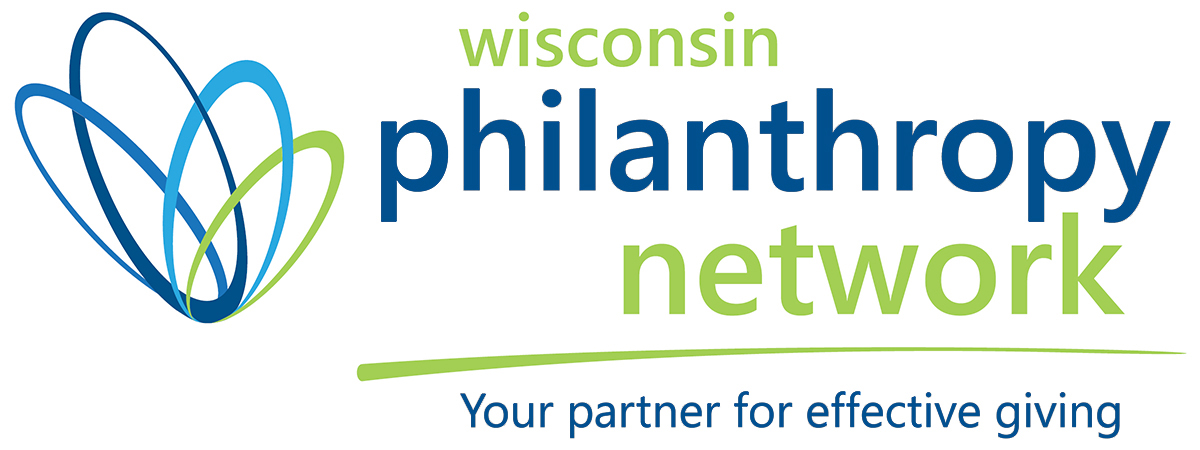Bruce DeBoskey, a nationally recognized philanthropic strategist with The DeBoskey Group, spoke earlier this year at a Wisconsin Philanthropy Network program on the latest trends in strategic philanthropy.
During his presentation, he addressed issues such as the expanding influence of women, program-related investments (PRIs), how the rising generations of givers are different, and five steps to strategic philanthropy.
DeBoskey recently wrote an article for the Denver Post discussing these and other trends affecting philanthropy. We found it interesting and thought you would too.
Please click here to go to the original source.
DeBoskey: Six trends that will set the pace for philanthropy in 2016
by Bruce DeBoskey
With record levels of giving, new approaches to marshaling philanthropic assets for impact, and better approaches to philanthropic strategy, 2015 was a great year for philanthropy. This trend will continue in 2016.
Increasingly, leaders in businesses, foundations and families understand that philanthropy is more than the merely transactional act of writing checks to favorite nonprofits. Today, philanthropy is seen as a strategic investment that is transformational for both society and the donor.
In the coming year, expect to see:
The increasing impact of women
Women continue to demonstrate innovation and leadership in the field of philanthropy — and with big impact. Women now control more than half of the private wealth in the United States.
Looking forward, women are expected to inherit 70 percent of the $41 trillion in inter-generational wealth transfer that will take place over the next 40 years. By 2025, women will comprise 60 percent of U.S. billionaires.
More than ever before, women are flexing their individual and collective philanthropic muscles — and achieving greater outcomes. For more information about women’s efforts in the philanthropic arena, see Women’s Funding Network.
A growing emphasis on impact investing
Impact investing is the hottest topic in philanthropy. Today, nearly $1 trillion sits in U.S. foundations and donor-advised funds, dedicated to one purpose — to enhance the public good. Owned by 501(c)(3) organizations, this money is separate from its donors, who have enjoyed generous tax deductions.
Under current tax law, foundations must donate only 5 percent of those assets — or roughly $500 million — to charity in any given year. (There is no such requirement for donor-advised funds.) The remaining $950 billion is invested — usually for the “single” bottom line of growth. All too often, these investments contradict, and rarely advance, their donors’ missions.
Impact investing dramatically transforms this traditional approach by committing invested philanthropic capital to the “double” bottom line of growth and social impact — thereby unleashing billions of dollars for greater potential positive global impact. Forty-one percent of foundations recently surveyed currently practice impact investing.
The increased use of PRIs
Using program-related investments, foundations can lend money to, or invest in, nonprofit or for-profit organizations that further their missions — while also providing a positive financial return.
Authorized by the IRS, PRIs use market-based tools to help nonprofits solve social problems. Plus, they enhance donor impact by growing and recycling at least a portion of philanthropic assets for future use.
The debut of innovative structures
In 2015, Mark Zuckerberg and Priscilla Chan made headlines when they pledged to give 99 percent of their Facebook shares — currently worth about $45 billion — to charitable purposes. However, no charitable donation was made.
Instead, the couple pledged to transfer ownership of the shares to a new LLC: the Chan Zuckerberg Initiative. This LLC will sell the shares and donate the proceeds to charity, invest in other for-profit entities, contribute to political efforts and deploy funds in other ways to “advance human potential and promote equality.”
“By using an LLC instead of a traditional foundation,” said Zuckerberg, “we receive no tax benefit. Instead, we gain flexibility to execute our mission more effectively.” Sophisticated philanthropists are looking for similarly innovative ways to deploy capital to achieve their charitable goals.
Philanthropy becoming democratized
Over the past several years, crowdfunding (using online tools and social media to raise money for nonprofits) has grown explosively. Events like the ALS Ice Bucket Challenge and Giving Tuesday — as well as sites like Network for Good, Crowdrise, Razoo and Indiegogo — have encouraged and enabled smaller donors to raise billions of dollars for nonprofits. The average donation at such sites is less than $100.
Strategically driven donations
Developing a thoughtful philanthropic strategy that benefits both donors and their communities helps donors achieve more internal and external bang for their charitable bucks.
Effective, transformational philanthropy goes well beyond the checkbook. It requires careful strategic planning to achieve its goals. This recognition has fueled the growth of philanthropic consulting in financial and professional services firms as well as the rise of philanthropic strategists as key advisers to businesses, families and foundations. The reliance upon and influence of these advisers can be expected to grow.
Best wishes for a happy, healthy — and philanthropic — New Year!
Nonprofit of the Month: Warren Village
Since 1974 Warren Village has transformed the lives of 4,303 families. A unique family community, its nationally recognized programs help motivated low-income, single-parent families to move from public assistance to personal and economic self-sufficiency; and break the cycle of homelessness and poverty. An integrated program provides safe housing, an early learning center, supportive family services, and workforce development that lead families up and out of poverty.




